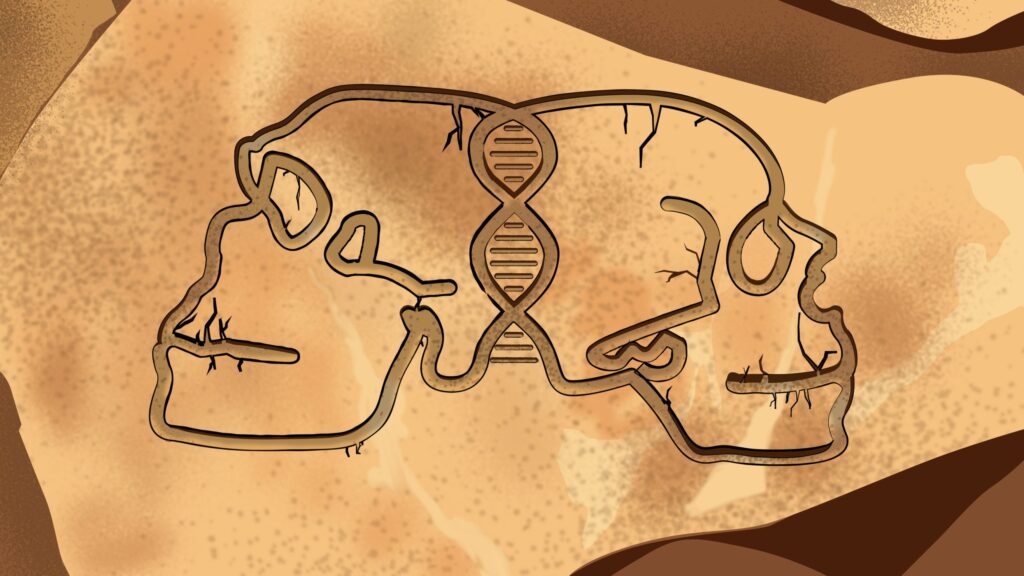It has produced one of the most consistent sets of negative results in the history of science. For more than 60 years, researchers have tried to find a single piece of convincing evidence to support the idea that we share the universe with other intelligent beings. Despite decades of effort, they have failed to establish any kind of contact.
But the hunt for alien civilizations may be entering a new era, researchers believe. Scientists with Breakthrough Listen, the world’s largest scientific research program dedicated to finding alien civilizations, say a host of technological developments are poised to transform the search for intelligent life in the cosmos.
These innovations will be outlined at the group’s annual conference, which will be held in the UK for the first time, in Oxford this week. Several hundred scientists, from astronomers to zoologists, are expected to attend.
Astronomer Steve Croft, a project scientist with Breakthrough Listen, said: “There are amazing technologies being developed, such as the construction of large new telescopes in Chile, Africa and Australia, as well as developments in AI. They will transform the way we search for alien civilizations.”
Among these new instruments are the Square Kilometer Array, consisting of hundreds of radio telescopes now under construction in South Africa and Australia, and the Vera Rubin Observatory under construction in Chile. The first will become the world’s most powerful radio astronomy facility, while the second, the world’s largest camera, will be able to image the entire visible sky every three or four nights and is expected to help detect millions new galaxies and stars.
Both facilities are set to begin observations in the coming years and both will provide data for the Breakthrough Listen. Using artificial intelligence to analyze these vast streams of information for subtle patterns that would reveal evidence of intelligent life will give added power to the search for alien civilizations, Croft added.
“Until now, we have been limited to looking for signals deliberately sent by aliens to advertise their existence. The new techniques will be so sensitive that for the first time, we will be able to detect unintentional as opposed to intentional transmissions, and we will be able to spot foreign airport radars, or powerful transmitters. television – things like that.
The importance of being able to detect civilizations from the signatures of their daily activities is supported by astrophysicist Prof Adam Frank of the University of Rochester in New York. “By looking for signatures of the daily activities of an alien society — a technological signature — we are building entirely new tools to find intelligent, civilized life,” he writes in his new book. The Little Book of Strangers.
All kinds of technological signatures have been suggested as indicators of the presence of alien civilizations, from artificial lighting to atmospheric pollution. Some scientists have even suggested that alien civilizations can be distinguished by the solar panels they have built. Solar panels absorb visible light but strongly reflect ultraviolet and infrared radiation, which can be detected using a powerful telescope.
However, this would only be detectable if large parts of a planet’s surface were covered in solar farms and hundreds of hours of observing time were devoted to such a search, says astrobiologist Lewis Dartnell, writing in the last edition of the BBC. The sky at night magazine.
after promoting the newsletter
However, other alien attempts to capture solar radiation may be even more elaborate and obvious. American physicist Freeman Dyson once proposed that some civilizations might be advanced enough to build large arrays of solar panels surrounding their stars. These large orbital edifices – known as Dyson spheres – would be detected from Earth, and several candidates have been proposed, including Boyajian’s star in the constellation Cygnus, whose light output is sporadic and unpredictable. Some suggested that this could be caused by a Dyson sphere, although recent observations have ruled out the possibility.
The hunt for alien civilizations has been a cornerstone of cinematic sci-fi spectacles since at THE CONTACT, Arrival AND Circle 9. However, extraterrestrial life forms have remained the stuff of fiction, despite efforts that began in earnest in 1960 when astronomer Frank Drake used a 26-meter radio telescope to search for possible signals from the stars Tau Ceti and Epsilon Eridani. None were discovered—a state of affairs that has persisted despite vast increases in the power and sophistication of modern telescopes.
Whether this streak of negative results continues remains to be seen. Croft remains optimistic that we will soon be successful in making contacts. “We know that the conditions for life are everywhere, we know that the ingredients for life are everywhere.
“I think it would be profoundly strange if it turned out that we were the only inhabited planet in the galaxy or the universe. But you know, it’s possible.”

